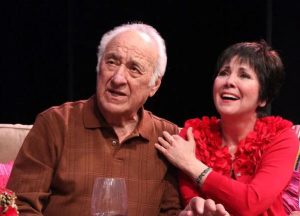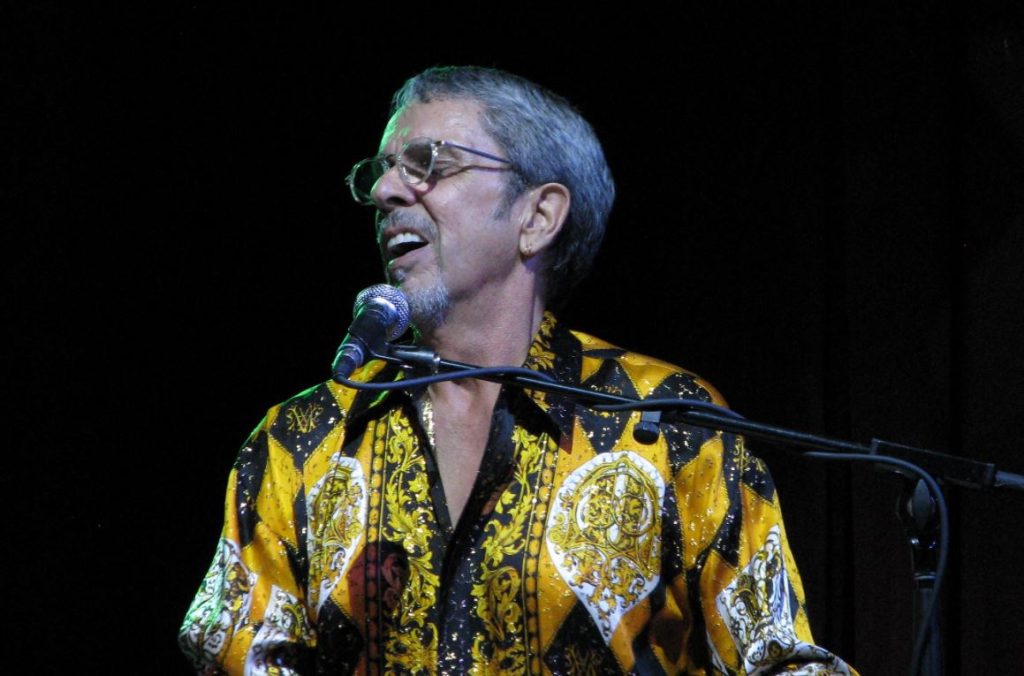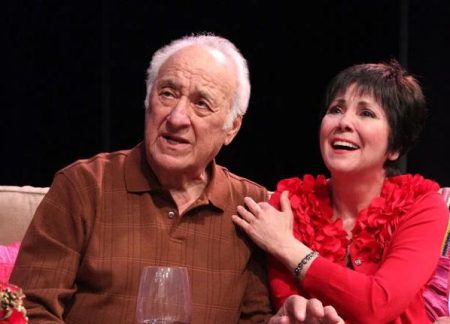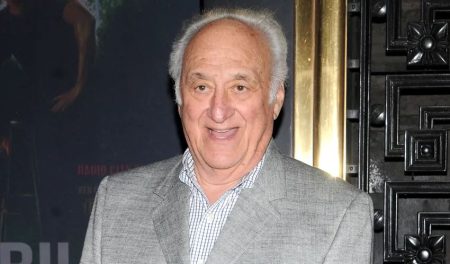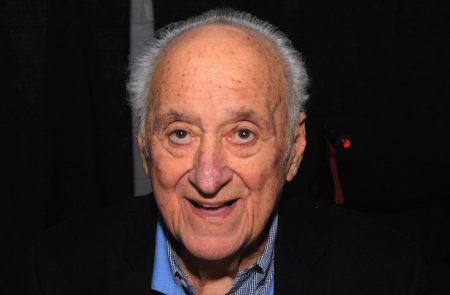Bobby Whitlock’s name is stitched into one of rock’s most durable stories: the making of Layla and Other Assorted Love Songs, the short but brilliant life of Derek and the Dominos, and a decades-long career as a songwriter, session player and solo artist. He was never a household-name superstar, but as a writer, keyboardist and vocalist his fingerprints are on songs and records that have earned repeated plays — and repeating royalties. This piece looks at Whitlock’s career, family, biography and what we can reasonably say about his net worth in 2025.
Quick facts (Biography & facts)
- Full name: Robert Stanley “Bobby” Whitlock. Born March 18, 1948, in Millington/Memphis, Tennessee; died August 10, 2025, in Texas.
- Best known as: co-founder, keyboardist and co-writer in Derek and the Dominos; contributor to George Harrison’s All Things Must Pass.
- Notable songwriting credits: “Bell Bottom Blues,” “Tell the Truth,” “Why Does Love Got to Be So Sad?” and other tracks on Layla and Other Assorted Love Songs.
- Social media (2025): Instagram ≈ 4,076 followers; Facebook pages ~6K followers; X (Twitter) ≈ 725 followers. (Figures checked August 2025.)
Career overview: from Memphis soul to Derek and the Dominos
Whitlock’s early musical life was rooted in Memphis soul and the Stax world; he has long recounted learning organ and gospel phrasing around Booker T. & the M.G.’s and other Stax session players. He rose to national view when he joined Delaney & Bonnie and Friends in the late 1960s — a loose collective that brought him into the orbit of many future stars, most importantly Eric Clapton. That friendship and working relationship led directly to the sessions that birthed Derek and the Dominos and, eventually, Layla (1970), a record that grew into an enduring classic even after the group dissolved in 1971.
Whitlock was more than a sideman: he wrote or co-wrote about half the songs on Layla, and his playing and vocal colors are integral to the record’s texture. After the Dominos era he released solo records in the 1970s, worked as a session player on notable projects (including sessions connected to the Rolling Stones and George Harrison), and later returned to performing and recording with his wife, CoCo Carmel. In later life he also painted and continued to perform in smaller venues.
Why the net worth question is tricky
For many musicians of Whitlock’s generation, wealth is a patchwork of record advances, publishing/royalty receipts, session fees, touring income and — sometimes — art sales or other ventures. Unlike modern superstars, Whitlock did not have a decades-long stadium solo career that would produce publicly tracked revenues. Instead, his financial picture would have been shaped by:
- Songwriting and publishing income from Layla era co-credits and other compositions;
- Mechanical and performance royalties from recorded appearances and reissues;
- Session fees for work on major albums;
- Income from solo albums and touring (modest compared to arena acts);
- Later-life earnings from touring with CoCo Carmel and selling artwork.
Because publishing ownership details, royalty splits and private financial records are not publicly disclosed in reliable industry databases for Whitlock, any single net-worth dollar figure must be treated as an estimate.
Net worth estimates (what sources say) — and what they mean
No major financial outlet such as Forbes or The Financial Times has ever published an audited figure for Bobby Whitlock’s net worth. However, most entertainment and celebrity finance aggregators place his fortune in the $8–10 million range at the time of his passing in 2025.
These estimates are based on several career realities:
- Songwriting royalties: Whitlock co-wrote multiple tracks on Layla and Other Assorted Love Songs, an album that continues to sell, stream, and license more than five decades after its release.
- Performance royalties: His work as a keyboardist, vocalist, and collaborator with artists like Eric Clapton and George Harrison has generated ongoing payouts from publishing and recording rights.
- Touring and session work: While not a stadium-filling headliner, Whitlock maintained a steady performance career and recorded with numerous acts, adding to his lifetime earnings.
It’s important to note these figures are estimates, not verified by direct financial disclosures. They rely on assumptions about catalog ownership, royalty splits, and historical touring revenue. Still, the combination of songwriting credits on a perennial rock classic and decades of active musicianship supports the view that Whitlock’s wealth was comfortably in the upper single-digit millions.
Family, later life and personal side
Bobby Whitlock’s personal life was grounded in both enduring creative collaboration and familial love. He married CoCo Carmel Whitlock in December 2005—she became not just his life partner but also a musical collaborator, sharing stages and recordings with him from the mid-2000s onward.
He is survived by three children from earlier relationships:
- Ashley Faye Brown
- Beau Elijah Whitlock
- Tim Whitlock Kelly.
He also leaves behind his sister, Debbie Wade.
In the 1980s and 1990s, Whitlock relocated to a farm in Mississippi, where he raised his children and continued to take session work on a more occasional basis. After marrying CoCo, the couple settled in Austin, Texas, around 2006 and together embraced a quieter artistic life—performing live, recording intimate albums, and exploring painting as another form of creative expression.
At the time of his passing in August 2025, notable voices in the media reported that Bobby died peacefully in Texas after a brief illness, surrounded by CoCo, his children, and his sister—a close-knit embrace of his family’s love
Social media and public presence (updated 2025)
Whitlock maintained a modest social presence compared with modern pop stars: his official Instagram account showed roughly 4,076 followers in August 2025 and included posts about art and music; his Facebook presence registered in the 5–6K follower range, and his X account listed under 1,000 followers. These platforms were useful for announcing art sales, shows and new releases rather than powering a commercial engine of mass merchandising. If you plan to link or quote his social pages, prefer primary URLs: his Instagram and Facebook pages remain the best sources for up-to-date posts and images.
Royalties, legacy income and why the music keeps paying
Whitlock’s lasting financial asset likely came from publishing splits and recurring royalties tied to Layla and other recordings. Records with long commercial life produce mechanical royalties, performance royalties (when songs are played on radio, streaming and in public), and synchronization fees (when songs are licensed for film, TV or ads). Even modest publishing shares from a classic album can accumulate materially over decades — the same structural reality that keeps many veteran songwriters receiving steady income long after their peak touring years.
Final perspective
Bobby Whitlock’s story is not just about the dollar value of his catalog or the size of his estate. His true worth lies in the music that has endured for generations — the warm Hammond organ swells on “Bell Bottom Blues,” the aching harmonies of “Layla,” and the countless studio moments where his playing elevated a song from good to timeless.
While a reasonable estimate places his net worth between $8 million and $10 million, those numbers only measure part of his legacy. The rest lives on in the enduring influence he left on rock, blues, and soul — and in the fact that, decades after the original Derek and the Dominos lineup dissolved, Bobby Whitlock’s work still resonates with listeners discovering it for the first time.


